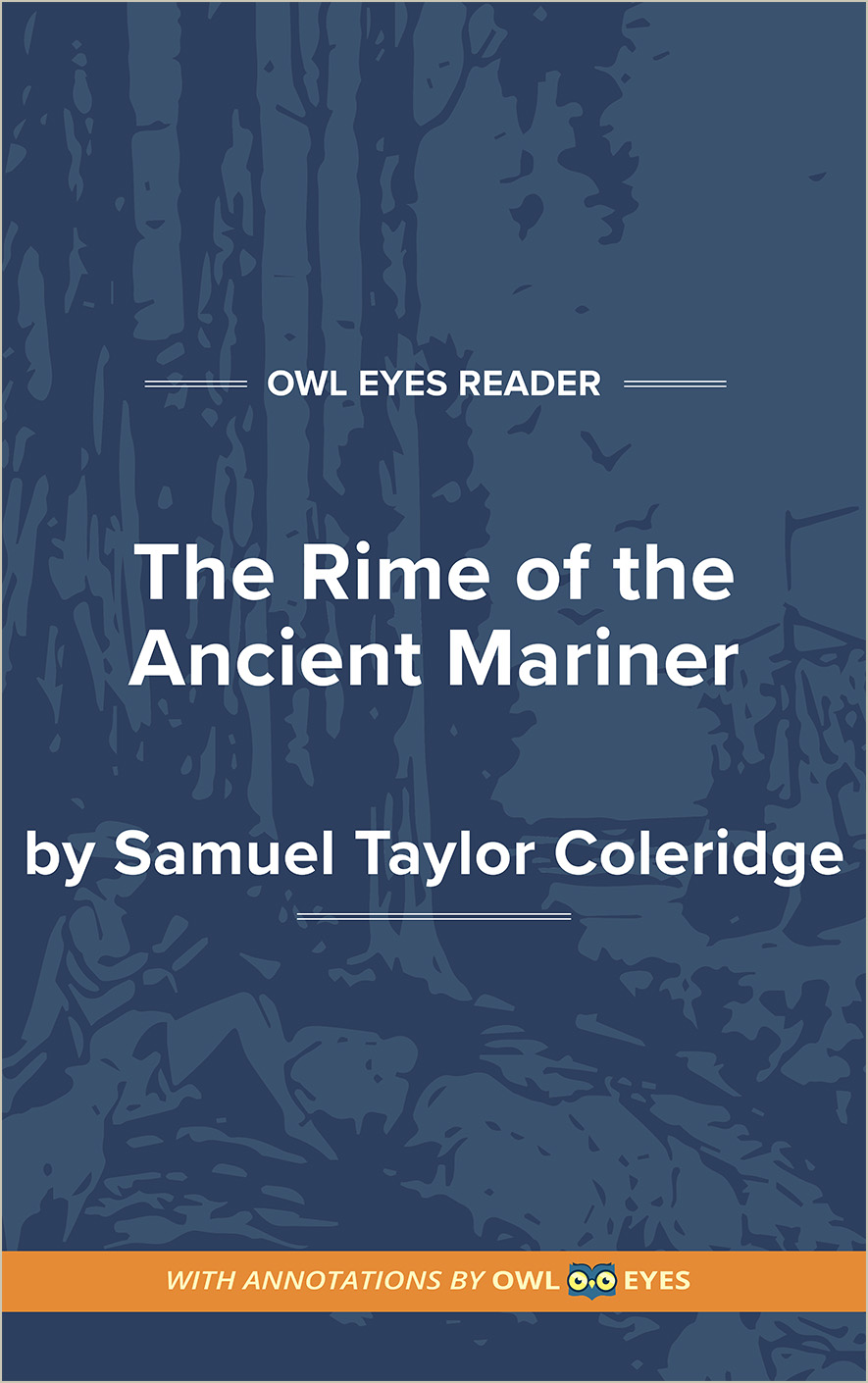Analysis Pages
Samuel Taylor Coleridge Biography
Born in Ottery St. Mary, at the vicarage of a small town in rural Devonshire, England, on October 21, 1772, Samuel Taylor Coleridge (KOHL-rihj) was the tenth and last child of the Reverend John and Ann Bowden Coleridge. John was an ambitious and scholarly man who served his community not only as parish priest but also as headmaster of the local grammar school, the site of his youngest child’s first formal education. Many of Coleridge’s early family associations seem fraught with anxiety and pain. His elderly parents doted upon their clever and eager child, which his siblings resented, and Coleridge developed an intense dependency upon those whom he perceived to be stronger and better than he—a pattern that persisted throughout his life. Thus, intellectual precocity brought him much attention and affection at the same time that nearly insatiable appetites, manifest as greed for books and food, prevented his ever feeling fully satisfied and cherished.
Whatever possibilities might have existed for bliss at home were thwarted, however, when John Coleridge died suddenly when the boy was about to turn nine. His mother was nearly destitute, so her youngest son was dispatched to London to attend Christ’s Hospital Grammar School, originally a charity school for the children of indigent clergy. The boarding school was conservative and strict, but Coleridge, despite claims of homesickness and loneliness, flourished in the urban academic environment under the unflinching and at times painfully demanding tutelage of James Bowyer, who encouraged the youth’s poetry writing and guided his inaugural study of Continental philosophy, which continued throughout his life. Moreover, Coleridge was viewed by many of the other boys as gregarious and charming, although his lifelong friend Charles Lamb, also enrolled there, wrote later of Coleridge’s unhappiness at Christ’s Hospital.
Shortly before his twentieth birthday in 1792, Coleridge matriculated at Jesus College, Cambridge University, on a scholarship designated for those intending to take Holy Orders in the Church of England. From an initially rigorous regimen of mathematics and the classics, Coleridge drifted by his third and final year toward no less intensive but more idiosyncratic and less respectable pursuits. For a youth of slender means, he contracted sizable debts and became a supporter of religious and political radicals such as William Frend and William Godwin. England, in the initial period following the start of the French Revolution, harbored a number of young and idealistic sympathizers to the French, and Coleridge found himself in intelligent and congenial company. Overcome by guilt for his financial state, however, which was also undermining his chances with a young woman with whom he was in love, Coleridge impulsively and secretly enlisted in the Light Dragoons as Silas Tomkyn Comberbacke, preserving the initials by which he preferred to be known. The dragoons were cavalry units, requiring equestrian skills beyond those of Coleridge. After a month, he appealed to his brothers, who paid off his debts and the cost of his discharge.
Returning to Cambridge in the spring of 1793, Coleridge met Robert Southey, another improvident young intellectual poet, recently at Oxford and also unwillingly destined for the church. They instantly became great friends, with Coleridge virtually idolizing Southey, sharing ideas and interests and formulating Pantisocracy, a utopian community to be established in the United States along the Susquehanna River in Pennsylvania. In Bristol, where Coleridge began delivering successful public lectures on various literary and philosophic topics, he contributed journalistic articles and essays, wrote poetry, and undertook in-depth study and reflection, which he recorded in notebooks and the margins of published books. All of these occupations lasted his entire life.
In October, 1795, Coleridge wed Sara Fricker. They settled in Clevedon on the Bristol...
(The entire page is 2,132 words.)
Owl Eyes subscribers get unlimited access to our expert annotations, analyses, and study guides on your favorite texts. Master the classics for less than $5/month!

